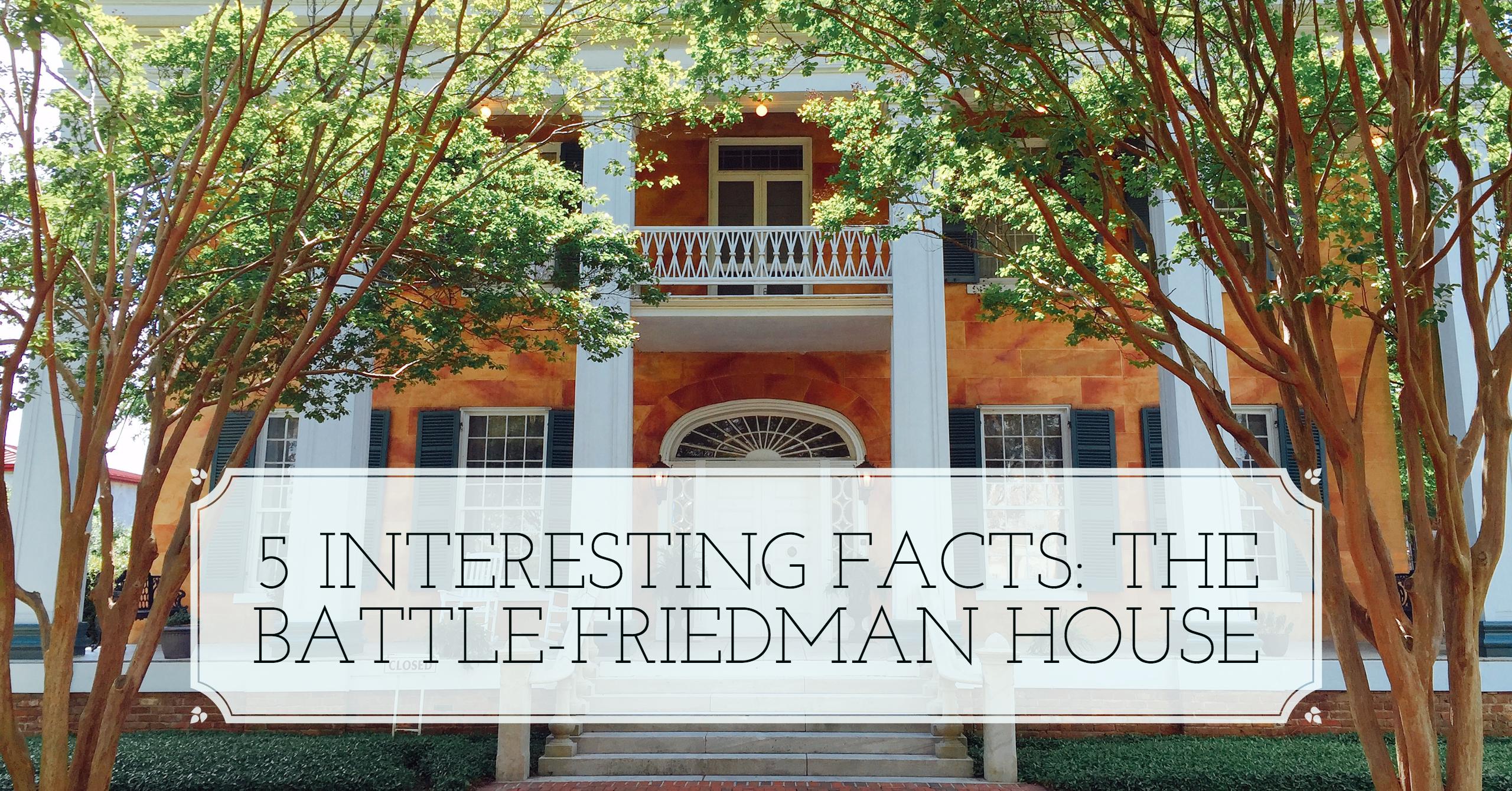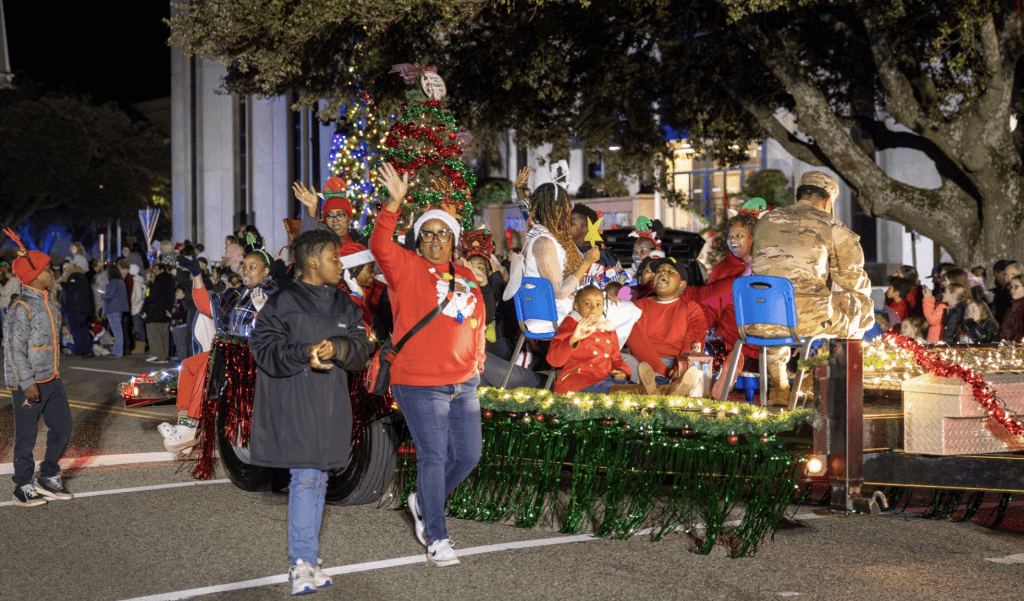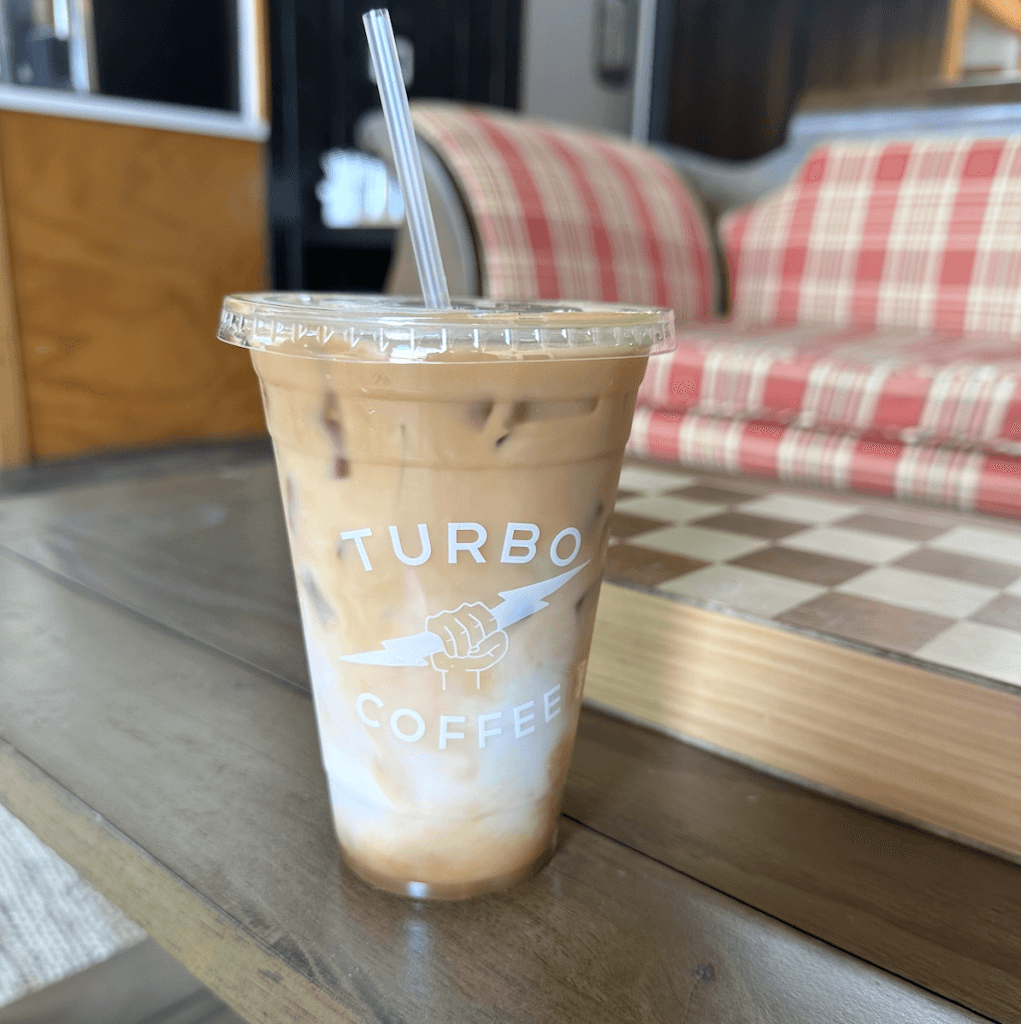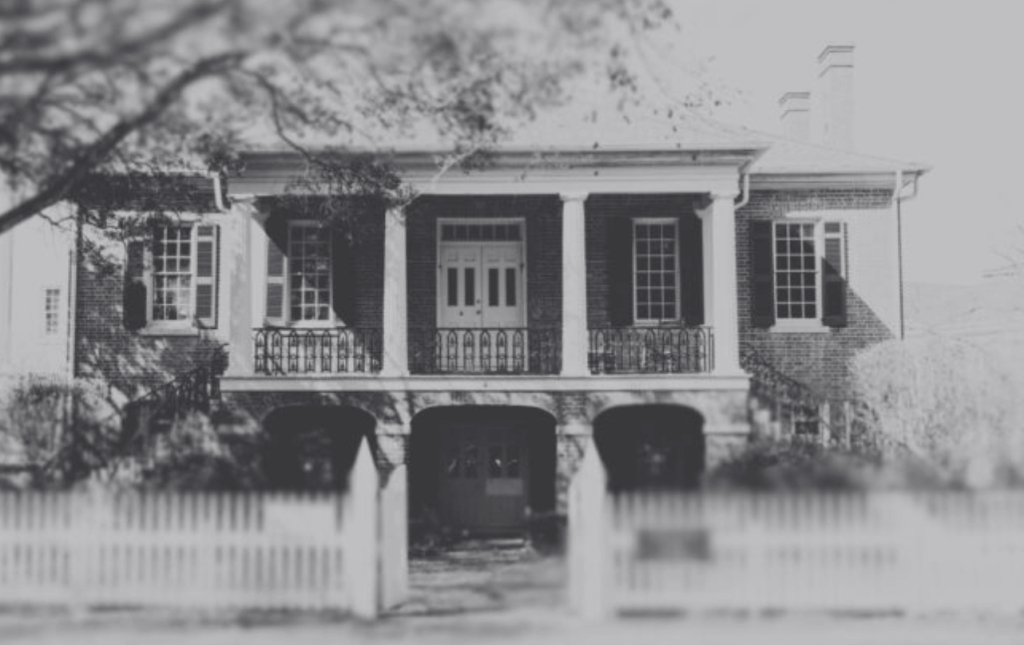There is hardly any southern town without some spectacular artifacts of the antebellum era that saw a rise in highbrow architecture. Tuscaloosa is home to several great examples of these palatial townhomes to showcase the beauty of the historic homes in Alabama. The Battle-Friedman house along Greensboro Avenue started as a townhouse for the wealthy plantation family, the Battles. After a devastating loss of finances from the civil war, the family sold the house and it became the family estate for the Friedman’s. The Hungarian family brought a great deal of success and growth to the city. In the 60s, the patriarch Hugo Friedman exchanged his home for the Jemison to be donated to the city’s library, while the Battle-Friedman would be gifted to the city. The land behind the mansion would be given to the YMCA to construct their new campus, and the house became a museum with Historic Tuscaloosa.
Five Interesting Facts about The Battle-Friedman House
1. According to legend, the house was saved from being burned by union soldiers when Mrs. Battle stayed behind at the house during the war and with her slaves used her southern hospitality to welcome both union and confederate soldiers. The union men were so pleased they spared the home in return for some R&R.
2. The gardens along the grounds can trace their roots back to England. A British landscape architect who had drawn up plans for several manors in the countryside was brought to Tuscaloosa to plan the gardens of the Battle House. The gardens over time were lost but in the 90s they rediscovered the original layout a rebuilt them.
3. Currently, when you drive past you’ll notice the bright pastel pinkish orange façade. While from a distance it resembles pink marble, its actually an old technique is done to paint the front so it has the appearance of marble but is simply just an illusion done to cut costs of using more expensive materials.
4. Like many historic homes, the mansion went through a massive renovation from its more simplistic Federal style, to its current Greek revival. The temple front and a major addition to the back of the house expanded its size and style to reflect the growth of wealth, and you can see the change when you look at the sides where there’s a clear line from the construction.
5. Inside, you will notice the ornate and heavily detailed ceiling molds; they were handcrafted by one of the slaves. The work was so impressive that legend has it he was brought down to Montgomery to work on molds for the Capitol building.
If you want to learn more about The Battle-Friedman House or set up a tour of the beautiful house and gardens, you can contact Historic Tuscaloosa by clicking HERE!






